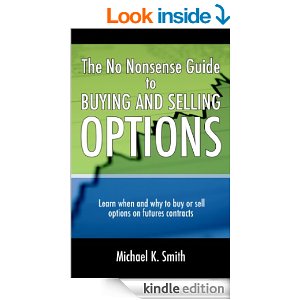Broker Assisted Futures and Options Account FAQs

Learn the most effective strategies for buying and selling options
on futures contracts. Also learn producer and consumer hedging
strategies.
How does a broker assisted account work?
High net worth investors understand the value of having access to
prudent and personalized investment advice. A broker will work with you to identify your risk tolerances, portfolio
objectives and your comfort level with certain strategies and
markets. Once these are established, Mr. Smith will suggest
individual trades and strategies for your final approval.
As soon as a specific trade has been agreed upon, he will place the
trade on your behalf.
No trades will be placed
without your knowledge and approval.
How are the various trades and trading strategies chosen?
Mr. Smith believes in a disciplined trading plan that allows for
enough flexibility to modify strategies as market conditions change.
He uses a combination of fundamental, technical and seasonal
analysis to choose individual trades. Changing market conditions and
the risk tolerance of the individual client dictate which strategies
will be implemented in a typical portfolio.
During periods of high implied volatility the primary strategies utilized in a broker assisted portfolio are
selling
deep-out-of-the-money options, short strangles or credit spreads.
During periods of relatively low implied volatility buying at or
near-the-money options are the
primary strategies used.
What trades might a typical broker assisted portfolio
contain?
Mr. Smith believes in utilizing a low margin to equity ratio for any given investment idea within each individual portfolio. He
also believes that each trading idea should be as non-correlated as
possible to the other trades in the account. A typical portfolio
might be diversified between 5 different commodity sectors and as
many as 10 different trading ideas within those sectors. The
different commodity markets most often traded include: crude oil, heating oil,
unleaded gas, natural gas, gold, silver, copper, soybeans, corn,
wheat, coffee, cocoa, cotton, sugar, orange juice, live cattle,
feeder cattle and lean hogs. Read
The No Nonsense Guide to Buying and Selling Options to
learn more.
How can futures and options compliment my traditional stock,
bond and real estate portfolio?
Alternative investments like options
on futures contracts can be used to
diversify and reduce the overall volatility in a traditional portfolio
because they exhibit a low correlation to stocks, bonds and real
estate.
Futures and options investments also have tax advantages. Any gains
from futures and options trades are taxed as 60% long term and 40%
short term regardless of the time frame those investments were held.
|
